5 Workplace Tips to Prevent Hip Discomfort
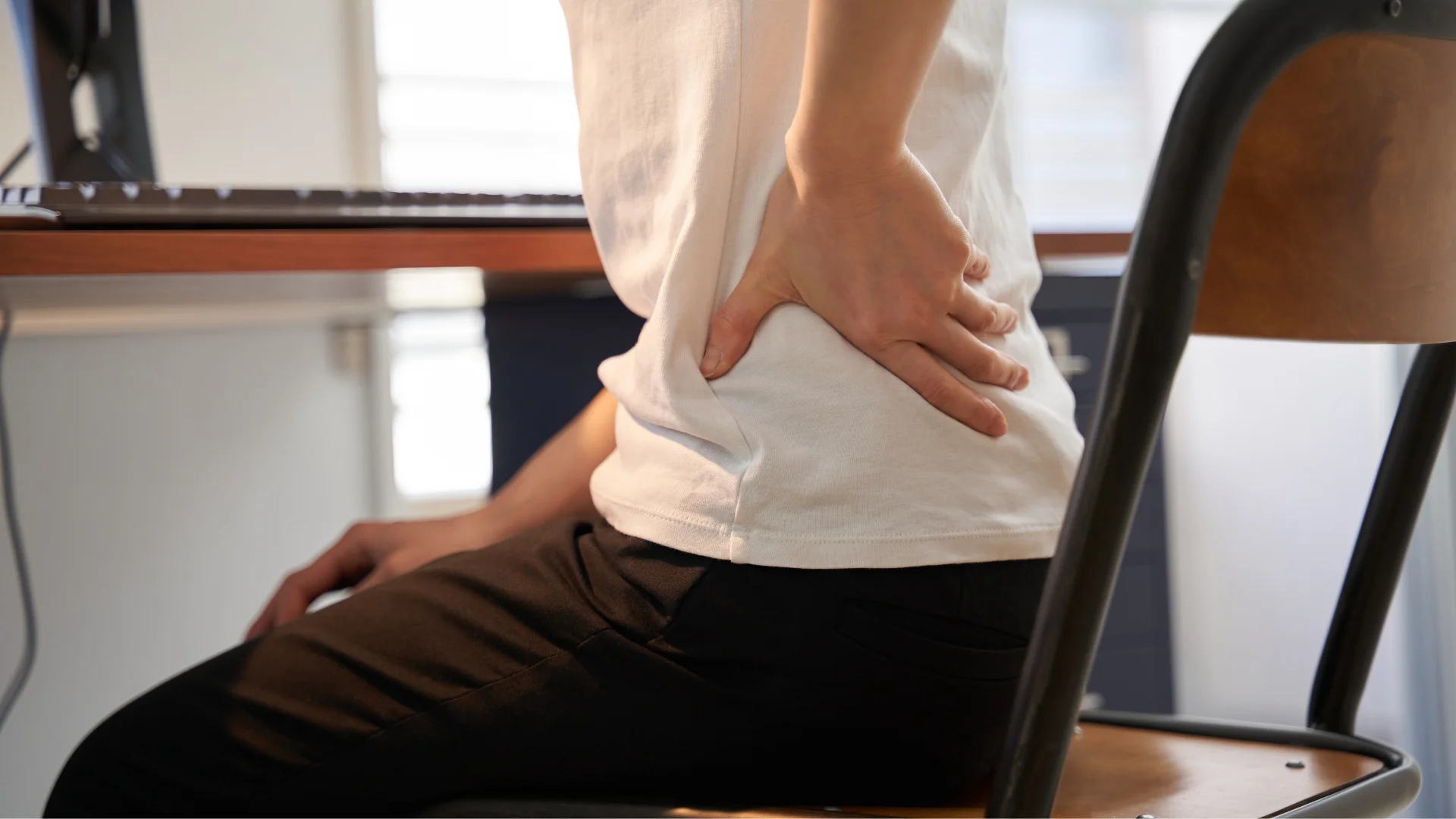
Overview
Hip discomfort is a widespread problem among professionals these days who spend a large part of their workdays sitting down in one place. Extended sitting, poor posture and inactivity puts a strain on the hips, leading to stiffness and pain. Making small adjustments to your daily routine will go far toward relieving this discomfort. Below are five practical tips to ensure healthy hips at work.
1. Adjust Your Chair Posture
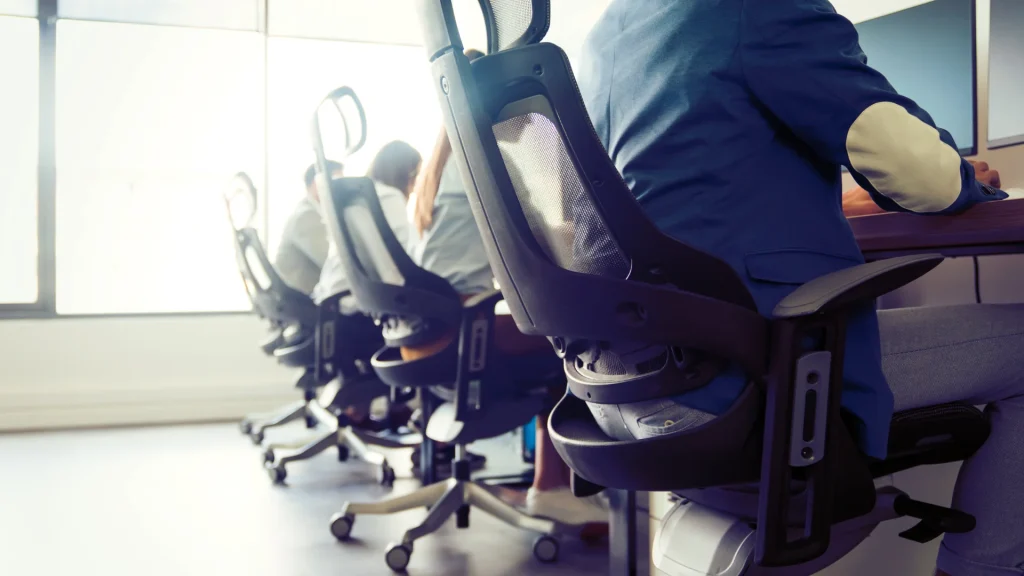
An ergonomic chair will make a significant difference in preventing hip pain. Adjust your chair height so your feet are flat on the floor, and your knees are at a 90-degree angle. Ensure your lower back is supported to reduce strain on the hips. If your chair lacks adequate lumbar support, consider adding a cushion or using a rolled-up towel. Proper seating encourages alignment, easing pressure on the hips and lower back.
2. Incorporate Movement Breaks

Sitting for extended periods causes tightness in the hip flexors and weakens surrounding muscles. To counter this, take brief movement breaks every 30–60 minutes. Stand, stretch, or take a short walk to promote blood flow and reduce stiffness. Even a few minutes of movement helps to keep your hips healthy and your joints mobile throughout the day.
3. Practice Stretches
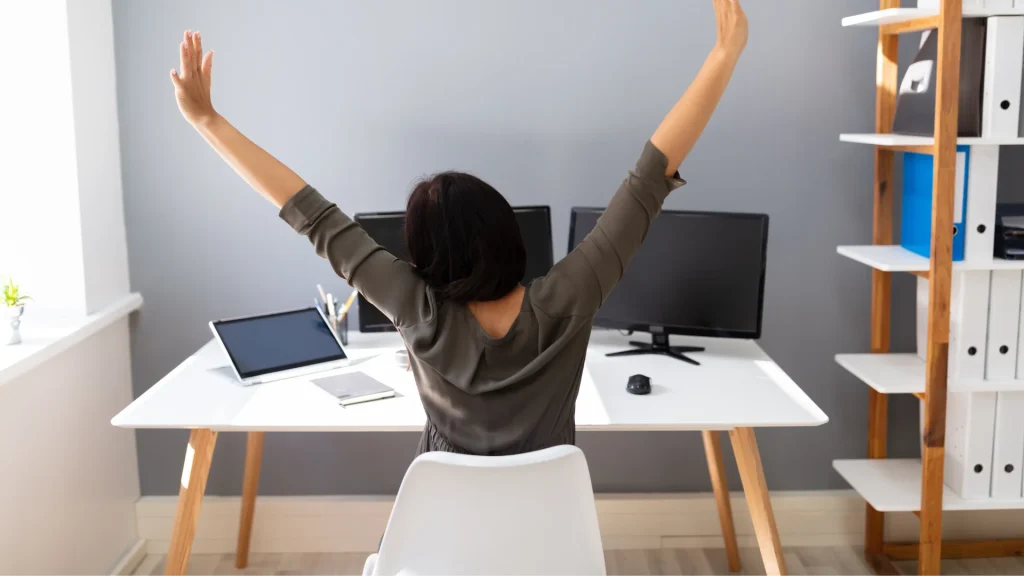
Regular stretching improves hip flexibility and alleviates tension. Easy-to-do stretches like the seated figure-four stretch or lunges target the hip flexors and surrounding muscles. Aim to incorporate these stretches into your routine at least once or twice a day. Consistency will help prevent stiffness and improve the overall range of motion in your hips.
4. Reevaluate Your Workspace Setup
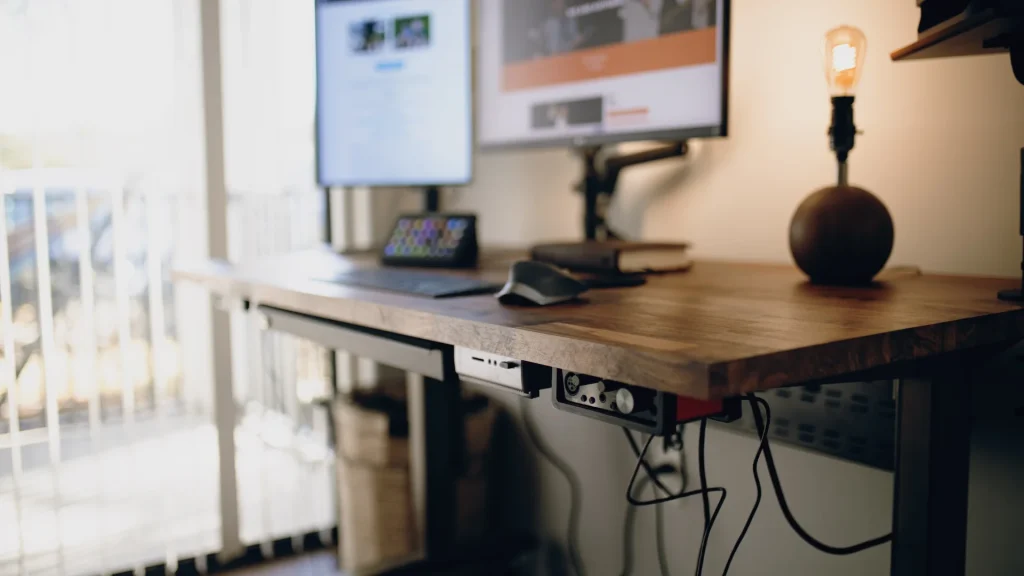
Your desk setup plays a crucial role in maintaining proper posture and reducing hip discomfort. Ensure your desk and chair are at the right height so your arms will rest comfortably at a 90-degree angle while typing. Your screen should be at eye level to prevent slouching, which will strain your hips. If your chair feels too hard or your feet don’t reach the floor, try using a cushion or footrest for additional support. A well-organized workspace minimizes unnecessary tension on your hips and supports better overall posture.
5. Wear Supportive Footwear
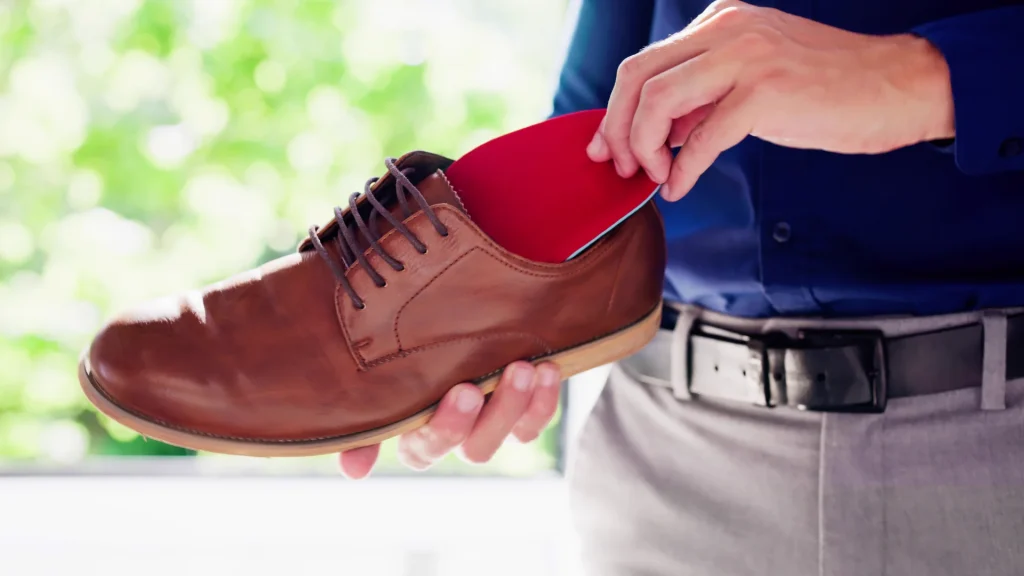
Your choice of footwear directly impacts your hip alignment. Unsupportive shoes, like high heels or worn-out soles, will lead to uneven weight distribution, putting extra stress on your hips. Opt for shoes with good arch support and cushioning to help maintain proper alignment while walking or standing. If your workplace has strict dress codes, look for comfortable insoles that will be added to dress shoes. Ensuring your feet are well supported can reduce the risk of long-term hip discomfort.
Bonus: Pay Attention to Your Body
Pay close attention to early warning signs of hip discomfort, such as stiffness, soreness or reduced mobility. Ignoring them can lead to more significant problems in time. If the discomfort persists despite following these tips, then early intervention by a healthcare specialist is recommended in order to avoid chronic issues and remain comfortable and productive at work.
Takeaways
Preventing hip discomfort at work doesn’t require big measures or leaving your job. Even small adjustments will have a lasting impact. Improving posture, taking movement breaks stretching regularly as well as reevaluating workspace conditions and wearing supportive footwear will all help to maintain hip health while decreasing risk. Listen to what your body tells you and consult professionals if necessary, and stay active!
FAQs
What is the ideal sitting position for reducing hip discomfort?
The ideal sitting position involves keeping your feet flat on the floor, your knees at a 90-degree angle, and your hips slightly higher than your knees. Use a chair with proper lumbar support to maintain the natural curve of your lower back.
How often should I stretch to keep my hips healthy?
Stretching once or twice a day will help prevent hip stiffness. Incorporating stretches into your breaks, such as the seated figure-four or standing lunges, keeps your hips flexible and reduces tension.
Are standing desks better for preventing hip pain?
Standing desks will help reduce the strain of prolonged sitting, but they need to be used properly. Alternate between sitting and standing throughout the day, and ensure your desk is at the correct height to avoid poor posture.
What are some easy exercises I can do at my desk?
Simple desk exercises include seated marches, leg lifts, and the seated figure-four stretch. These movements improve circulation, strengthen muscles, and reduce hip tightness without needing much space.
When should I see a doctor for hip discomfort?
If your hip pain persists despite regular stretching, posture adjustments, and other preventive measures, or if it’s interfering with daily activities, it’s best to consult a healthcare professional.
